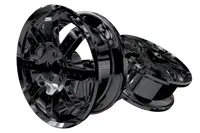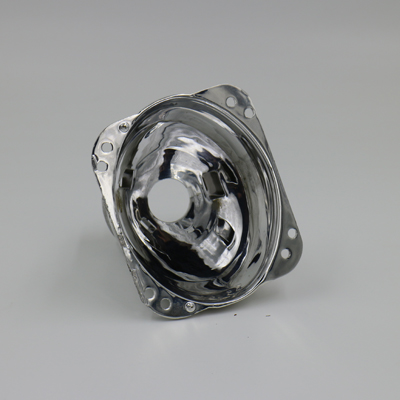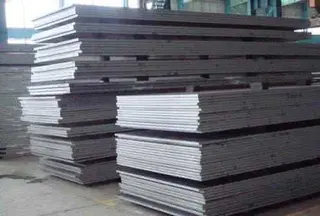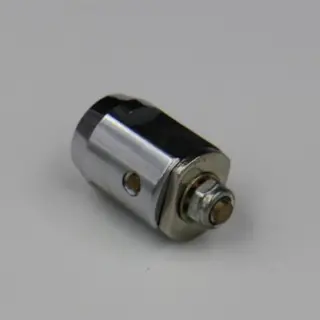Cast Metals Introduction
The main die casting alloys are: zinc, aluminium, magnesium, copper, lead, and tin; although uncommon, ferrous die casting is also possible.Specific die casting alloys include: ZAMAK; zinc aluminium; aluminium to, e.g. The Aluminum Association (AA) standards: AA 380, AA 384, AA 386, AA 390; and AZ91D magnesium.The following is a summary of the advantages of each alloy:
Aluminium: lightweight; high dimensional stability for complex shapes and thin walls; good corrosion resistance; good mechanical properties; high thermal and electrical conductivity; retains strength at high temperatures.
Magnesium: the easiest metal to machine; excellent strength-to-weight ratio; lightest alloy commonly die cast.
Copper: high hardness; high corrosion resistance; highest mechanical properties of alloys die cast; excellent wear resistance; excellent dimensional stability; strength approaching that of steel parts.
Lead and tin: high density; extremely close dimensional accuracy; used for special forms of corrosion resistance. Such alloys are not used in foodservice applications for public health reasons. Type metal, an alloy of Lead, Tin and Antimony (with sometimes traces of Copper) is used for casting hand set type in letterpress printing and hot foil blocking. Traditionally cast in hand jerk moulds now predominantly die cast after the industrialisation of the type foundries. Around 1900 the slug casting machines came onto the market and added further automation with sometimes dozens of casting machines at one newspaper office.
The material used defines the minimum section thickness and minimum draft required for a casting as outlined in the table below. The thickest section should be less than 13 mm (0.5 in), but can be greater.
Send your message to this supplier
Related Articles from the Supplier
Cast Metals Introduction
- Dec 19, 2013
A Brief Introduction of Cast Aluminum Alloy
- Nov 06, 2018
The Die Cast Technology of Ferrous Metals
- Feb 22, 2017
Quality Control Introduction
- Mar 08, 2014
Acurad, Pore-free, Semi-solid Introduction
- Dec 19, 2013
Introduction Of Two Dies Used In Die Casting
- Dec 19, 2013
Related Articles from China Manufacturers
Cast Metals Introduction
- Dec 19, 2013
A brief introduction of a cast iron pipe
- Jul 04, 2018
Cast Metals Introduction
- Oct 27, 2016
Introduction to Carbon Steel Pipes
- May 08, 2017
The Die Cast Technology of Ferrous Metals
- Aug 13, 2019
A Brief Introduction of Cast Aluminum Alloy
- Aug 13, 2019
A Simple Introduction of Thicknesses of Steel Plates
- May 12, 2017
An Introduction to Pipes
- Mar 31, 2022
Related Products Mentioned in the Article
Junying Die Casting Company
- Address: #3, Changfu Road, Ludong, Humen, Dongguan, Guangdong, 523935, P. R. China.
- Phone: +86 769 82890830
- Business Type: Manufacturer,
Supplier Website
Source: http://www.diecasting-mould.com/cast-metals-introduction.html




-320x244.webp)







